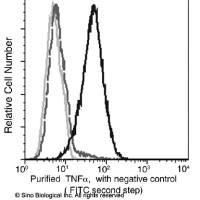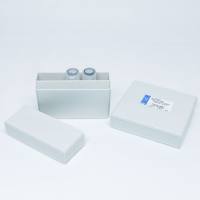Analysis of Arthritic Lesions in the Del1 Mouse: A Model for Osteoarthritis
互联网
325
Osteoarthritis (OA) is characterised by progressive erosion of articular cartilage with a number of associated degenerative processes within the joint. Animal models of OA provide the only feasible way to systematically study the development and progression of OA, in order to understand the molecular events, and to develop tools for prevention and therapy of OA. Gene manipulation techniques have provided opportunities to generate transgenic mouse models for OA. In heterozygous Del1 mice, incorporation of Col2a1 transgenes with a short deletion mutation results in production of shortened proα1(II) collagen chains and a phenotype resembling human OA. This chapter describes techniques and practical aspects of preparation and processing of skeletal samples for radiological, histological, and molecular biologic analyses that have been used to monitor the development of knee OA in Del1 mice. A simple histological grading system to evaluate the progression of OA lesions, and examples of other degenerative alterations in the knee joint structures are presented. Semiquantitative microscopic techniques are described for the analysis of proteoglycan distribution based on safranin O staining of glycosaminoglycans, and for the analysis of collagen matrix based on birefringence of polarized light. Reference is also made to an experimental setup for correlating voluntary running activity of mice with OA score.








